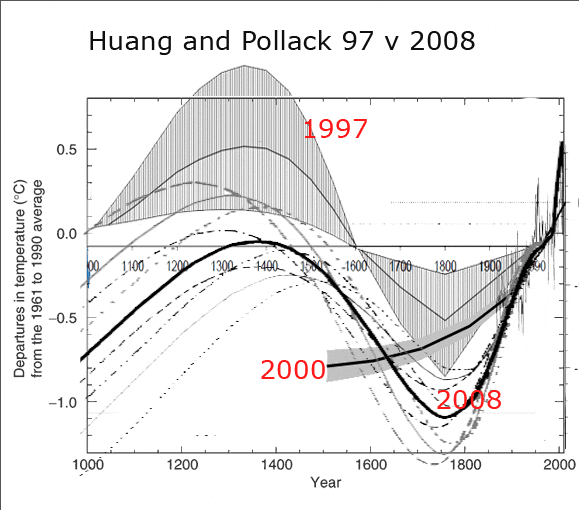edthecynic
Censored for Cynicism
- Oct 20, 2008
- 43,044
- 6,887
- 1,830
Yeah UAH found errors in RSS, but that RSS had spurious cooling giving a false lowering of the temperature data. So Spencer created a whole new computer model, v6.0, to fabricate even colder fudged data than RSS.Tell me why UAH made adjustments to be more like RSS? was it becasue they found errors? And RSS has been consistently lower than the HCN system.. Is that your beef? Because the corrections did not meet you expectations of warming?
In the past, when the satellite data differed from the ground station data, it was the ground station data that was proven to be accurate and the satellite data proven to be flawed.
"my UAH cohort and boss John Christy, who does the detailed matching between satellites, is pretty convinced that the RSS data is undergoing spurious cooling because RSS is still using the old NOAA-15 satellite which has a decaying orbit, to which they are then applying a diurnal cycle drift correction based upon a climate model, which does not quite match reality. We have not used NOAA-15 for trend information in years…we use the NASA Aqua AMSU, since that satellite carries extra fuel to maintain a precise orbit."
-Roy Spencer



